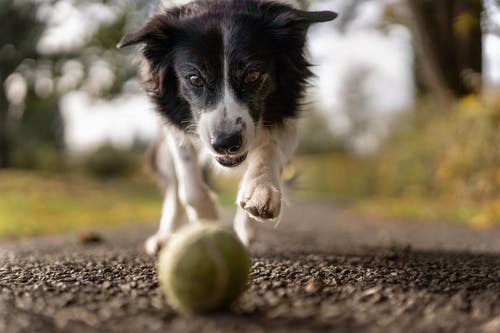Vomiting is a frequent occurrence for cats, and various factors can trigger it. It could be due to eating anything harmful or unpalatable to infections, urinary tract disease, diabetes, or hairballs. This article will be the details about when to take an animal for a vet visit, what causes cats vomit, as well as the remedies available to treat the cat’s health.
How do I recognize vomiting?
Vomiting can begin by causing a feeling of nausea, during which the cat feels anxious and could be tense. Cats can be prone to drooling, licking their lips, or swallowing. Vomiting is an intense contraction of abdominal muscles that eliminates liquid or food. Additionally, the intense force of vomiting can be highly stressful for cats.
Cats might cough up foamy or frothy matter, which they then take in. They are more likely to crouch while coughing and stretching their necks out. It is also helpful if you can show a video to your vet of your cat’s behavior to assist you in identifying coughing from vomiting. In addition, you can learn more if you directly visit a pet clinic to recognize the other causes of vomiting easily.
Vomiting vs. Regurgitation
Cats can be susceptible to vomiting for many reasons. The appearance of their vomit may differ according to the cause. Many pet owners are aware of hairballs in cats when they consume large amounts of hair during regular grooming. Hair is not digestible and may be spit out of the stomach.
The frequency, duration, and appearance that you experience vomiting are just a few issues that you need to discuss with your vet. It can also assist pet owners in understanding the distinction between vomiting and regurgitation by clicking this link.
Vomiting
Vomiting is the immediate elimination of stomach contents and the upper portion of the intestinal. It’s a rapid process that may last for up to a couple of minutes. During this period, the cat can seem unwell or exhibit abdominal pain; then, the cat will vomit.
Cat Vomiting Treatment
There are a variety of causes for vomiting in cats that can prevent. Follow these steps to keep your dog’s digestion healthy:
- Ask your 24 hour vet about special diets. If your cat suffers from allergies to foods or other conditions, such as intestinal inflammation, eating the specific diet your veterinarian recommends can assist in preventing vomiting. Make sure your cat gets well-balanced and premium food. Don’t feed your cat excessively with food or scraps left over from your table.
- It would be better if you thought about the possibility of using an OTC treatment for hairballs. For cats with long hair or prone to hairballs, discuss with your veterinarian the options available at the pharmacy to stop vomiting due to hairballs.
- Be aware of things that aren’t food-based. Don’t allow your cat to consume non-food items such as bits of string, toys, or even plants in your home.
Regurgitation
Regurgitation usually occurs suddenly and occurs without warning. The cat is typically healthy at first, but the cat “spits out” without any retching or coughing. Knowing the signs your cat is experiencing could help both you and your vet determine what is causing the problem. And suppose your pet needs diagnostic tests; you can browse any website for pet medication.
Here are some apparent differences in regurgitation:
- Regurgitated food appears to be undigested.
- Small amounts of saliva and water may accompany regurgitated food.
- When a cat regurgitates, it lowers its head and efficiently removes the food from its mouth.
Common Reasons a Feline Regurgitates After Eating and Ways to Help
- If your cat is eating too quickly, consider using a feeding bowl with a wider surface area to spread the food out so that the pieces are eaten individually, or use a slow feeder.
- If your cat is nervous or anxious during feed time, feed them in separate areas if they’re eating with other cats.
- If the food is cold, place it in a plastic bag and soak it in warm water before serving.

